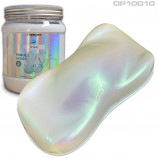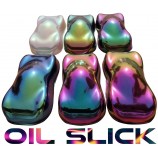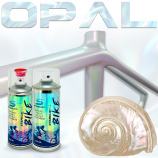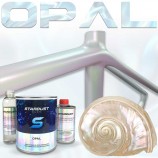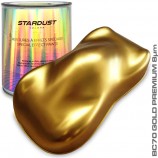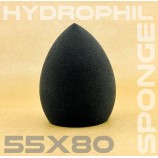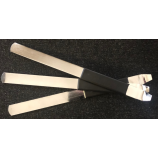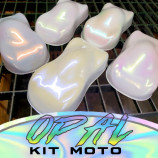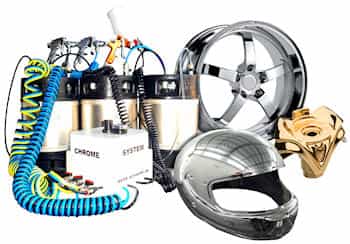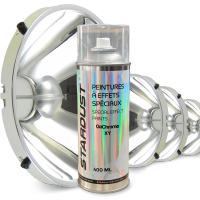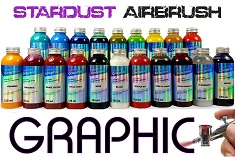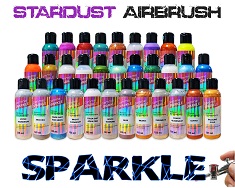All Products are in stock
and shipped from France.
Delivery within 48 hours.
and shipped from France.
Delivery within 48 hours.
Our categories
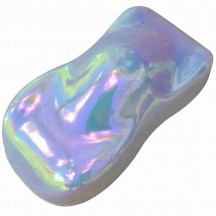
Paint with an opalescent pearlescent sheen
They are sometimes called "mother-of-pearl" or dichroic effects, the paints in the "OPAL" range are part of the color-changing effects. It is a range of opalescent paint that is unlike any other type of paint, firstly because it is colourless and, depending on the angle and the light, produces opalescent reflections, which resemble the colours ...
Read more-
OPAL dichroic paints - 13 Colours
In Stock 37.80£New range of opalescent paints13 references to choose fromAvailable in: 400ml Aerosol250ml - 1L Can2L Kit -
Dichroic paints OPAL Waterbased version without solvent
In Stock 37.80£Opal paints with transparent multicolored reflections13 colors to choose fromColors of light reflections changing according to the angle of viewPreferably spray paintdelivery to a pick-up point or to your home/office -
Oil Slick Patina - Oil effect
In Stock 105.30£Product delivered in 30ml achieve the oil effect in 3 stepswith OIL SLICK paintFoam to be ordered separately in stock -
OPAL pearl effect aerosol spray bike paint - 13 opalescent shades Stardust Bike
In Stock 33.74£OPAL colors show pearly shades with subtle multicolored reflections on a white background. 400 ml spray paint can In stock -
OPAL paint kit for bikes - STARDUST BIKE
In Stock 167.40£You can choose a complete kit in a can, in spray can includes base / paint / varnish In stock -
METALLIC PAINTS 500ml / 1L + GOLDEN GOLD-BRONZE-COPPER-ALUMINUM
In Stock 41.32£A range of 19 metallic paints for automotive and bikes 1L Sizes Stock: Available Delivery: 48h -
Hydrophilic polyurethane sponges for oil Slick patina
In Stock 2.16£Sponge for Oil Slick effect2 sizes availableSmall - 40mm x 60mmLarge: 55mm x 80mm -
-
Complete Opalescent Effect Paint Set for Motorbikes
In Stock 151.20£Motorcycle Opalescent Paint Kit Available in aerosol versions or in pots. Includes : 2K white primer Choice of opal paint 2K clearcoat Order shipped the same day for all orders placed before 1 p.m.
























